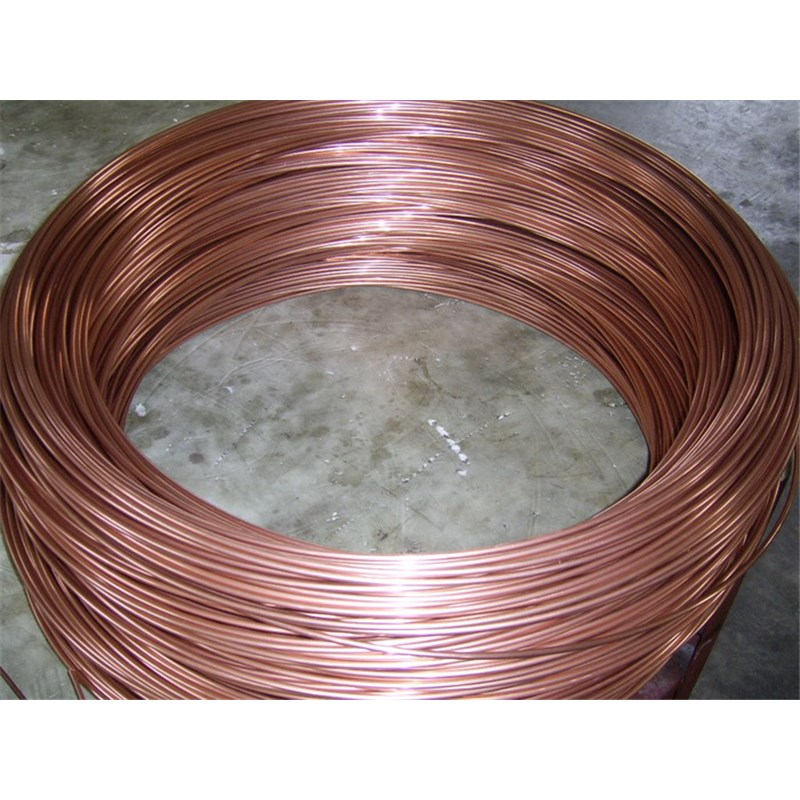Copper prices fell by 17.42% in 2018, totally different from market expectations. The main reason for the decline in copper price is from the macro aspect. First, the momentum of global recovery is obviously less than expected. Apart from the outstanding US and Japan economies, other major developed economies show different degrees of weakening momentum of recovery. Secondly, the rise of trade protectionism, and the trade dispute presents a different long-term and complex. Finally, the Federal Reserve continued to raise interest rates, the US dollar index and the US Treasury bond yield continued to rise, resulting in capital outflows from emerging market countries, currency devaluation, Argentina, Turkey and other countries appeared in varying degrees of currency crisis.
In 2019, judging from the downward trend of global economic growth, copper prices are also difficult to get out of the soaring market, and there is still room for a correction. Copper has long been supported by the cost of 90-minute copper deposits. In 2019, the cost of 90-minute copper deposits will rise to $5836 per ton, and the bottom of copper will rise. It is expected that LME Lun copper will operate on the first line of $5,800/ton in 2019. Domestic copper futures in Shanghai and Shanghai will fluctuate in the range of 45,000-50,000 yuan/ton and US copper in the range of 2.4-2.9.
Copper Ore and Concentrated Copper Supply and Demand-Quantitative Level
Copper price reflects the contradiction between long-term copper supply and terminal consumption demand. Copper price is the fastest adjustment price to stimulate long-term supply and demand to rebalance. The construction cycle of copper mines is usually more than five years. The incentive copper price, which stimulates the production of mines to meet the demand growth in the next five years, is the reasonable price in theory.
